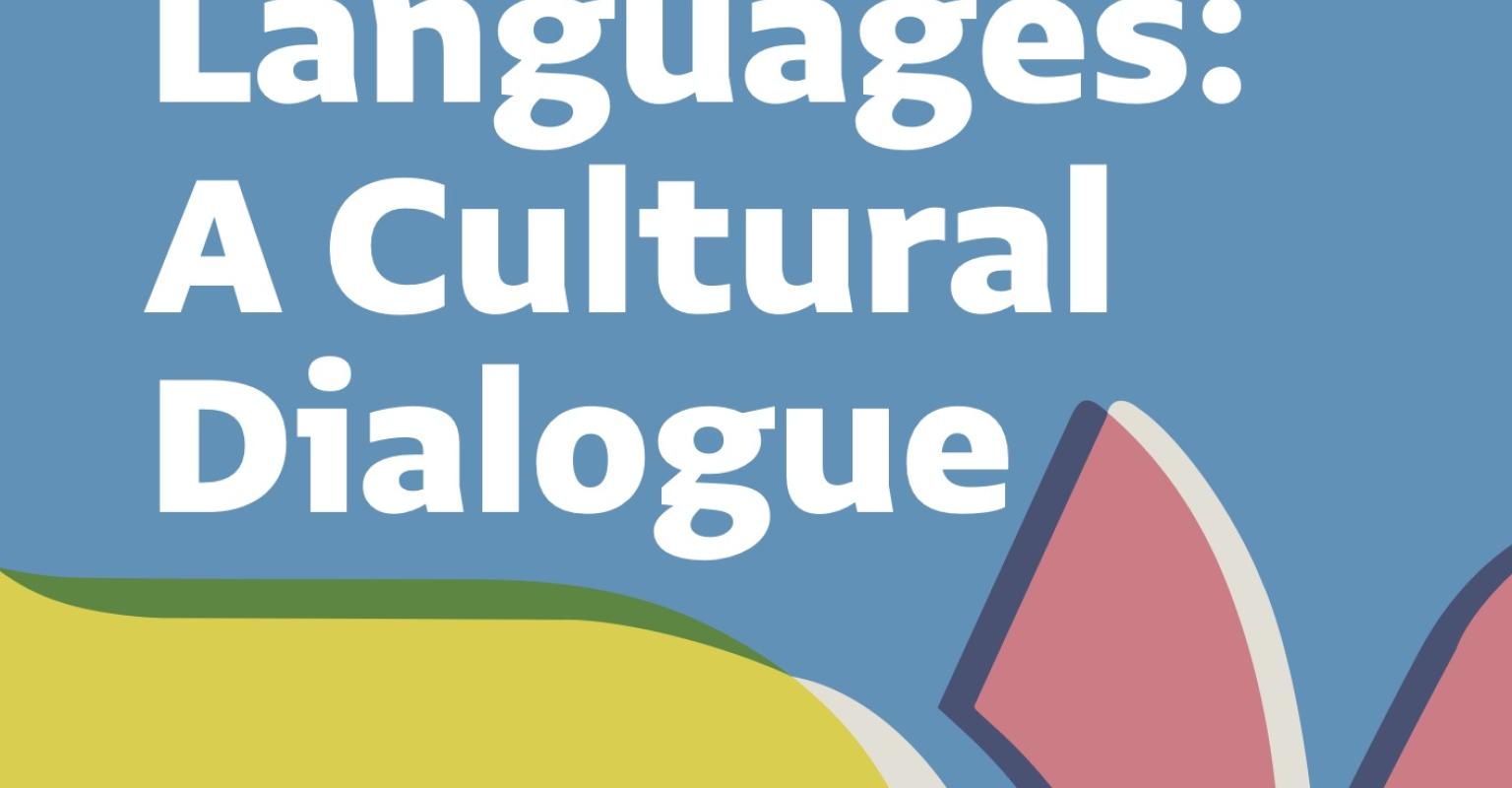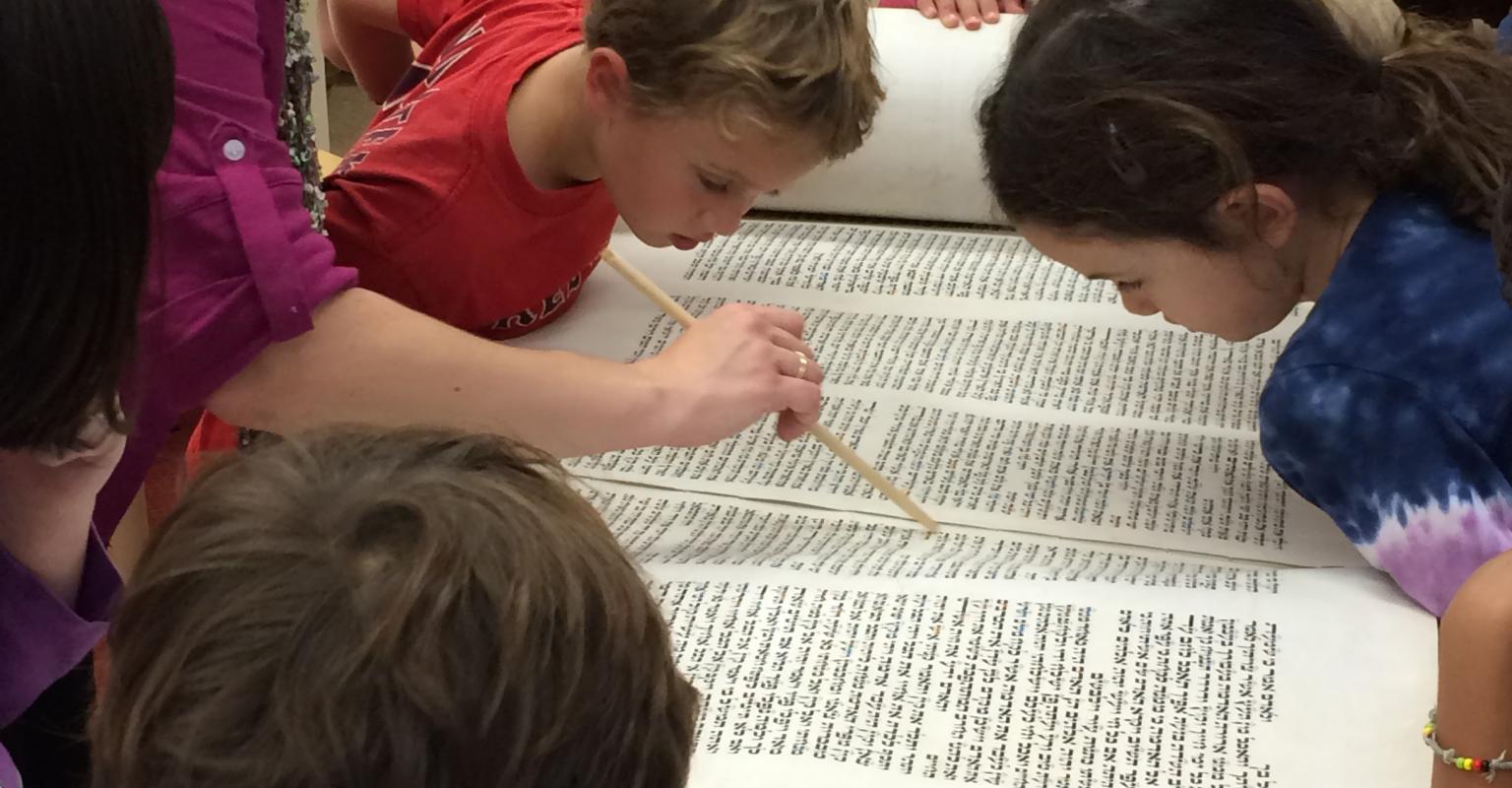Hebrew Words in Jewish Languages (Beyond the Family Tree Lesson 6)
Theme/Topic/Big Ideas: Hebrew words are integrated into a variety of Jewish languages and used by Jews across geographic divides.
Summary: Through a variety of games, students will activate their own knowledge of Hebrew, then connect it to examples of use of Hebrew by Jews worldwide and throughout history. Finally, students will come up with new ways to add Hebrew into their lives.
*Note to Educators: we recognize that students will have varying Hebrew levels. Please adapt as needed to meet your students’ needs.
Essential Question(s)
- How are Jewish people connected linguistically across time and place?
- How am I connected to Jewish languages?
Objective:
In this lesson, students will:
- Learn that Jews around the world have continued to use Hebrew for
prayer and study and have pronounced Hebrew in diverse ways - Understand that in most places, Jews have used hundreds of Hebrew
words within their spoken language, from Judeo-Arabic to Judeo-Italian
to Jewish Malayalam - Recognize that they, too, use Hebrew words in their everyday language,
(Jewish) English
- Arts and Culture
- Belonging
- Diversity, Equity, and Inclusion (DEI)
- Hebrew
- History
- Jewish Futures
- Jewish Peoplehood
- Jewish Tradition
- Pluralism
- Congregational Learning
- Day Schools and Yeshivas
- Teen Engagement
Discover more

This lesson uses video and written examples to take a closer look at Ladino.

Mayim, our initial example of "Additional" Models, could be placed in a Multi-aged, Project-Based Learning, or Experiential Learning bucket. Mayim is a K-5 learning community in which depth of relationships and depth of learning are intentionally fostered and visible everywhere.

In this lesson, students examine their own first, middle, last, and Hebrew (or Jewish ritual) names.
